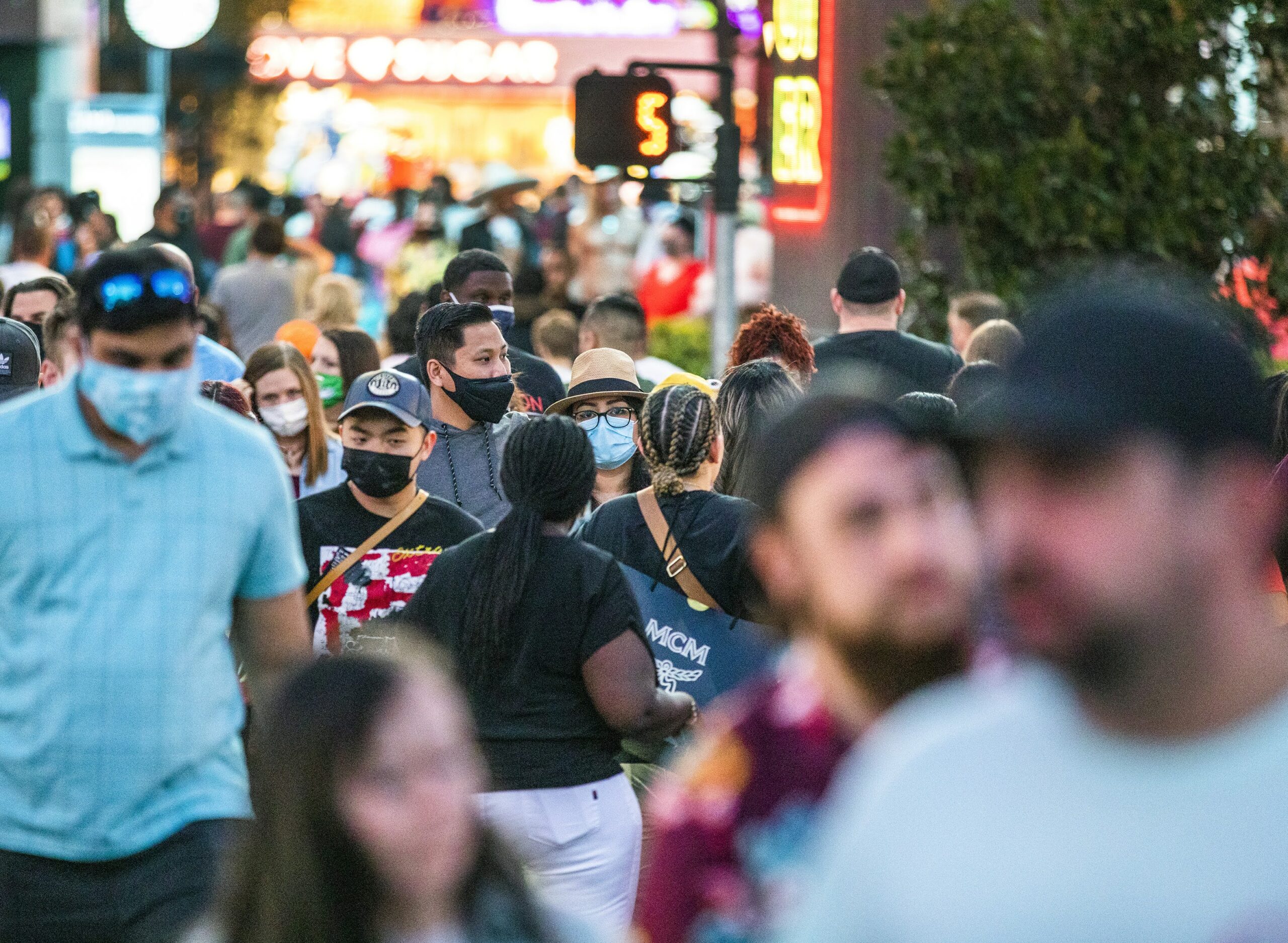Help wanted: Inflation dragon slayer (pandemic edition)

When it comes to inflation, if you read the headlines, you might believe winter is here. Certainly, anyone who recently filled up a gas tank (up 49.6 percent from a year ago), bought a Thanksgiving turkey (up 24 percent), or did a little holiday shopping this past month (up 5 to 17 percent) is feeling the pinch of rapidly rising prices.
It wasn’t too long ago that we economists and the public believed that inflation in the United States was a mystical dragon only our parents experienced and dreaded. It no longer concerned us lowly subjects because the mighty, noble knights of the Federal Reserve had driven this beastly creature off our land once and for all. Well, times have indeed changed.
Let’s back up briefly and define what inflation actually means. By the textbook definition, inflation is a continual change in prices. The Federal Reserve’s preferred measure of inflation uses the personal consumption expenditures (PCE) deflator. Inflation is the percentage change in the PCE, meaning it is not a one-time increase, but continual growth in that index. In October, the PCE deflator rose by 0.6 percent from the previous month or 5.0 percent from a year ago, and by 4.1 percent when you strip out food and energy. For the PCE, the United States has not seen inflation rates this high since January of 1991 (almost 31 years ago).
So yes, inflation is here. Before you run for the hills, though, keep the following points in mind. One, the reason we are experiencing serious inflation for the first time in 30 years is more complicated than what most commentators say. It is true that recent monetary expansion is a huge issue. Economic theory suggests that this should lead to inflation, albeit with long and variable lags. These lags may lead to policy errors, such as doing too little, too late, or doing too much, too soon. The Federal Reserve had trouble keeping the inflation rate at its 2-percent target even prior to the pandemic. For three decades, they seemed unable to generate any inflation and for the first year of the pandemic nothing happened. The PCE minus food and energy 12-month inflation rate in March of this year was 1.97 percent.
So what changed and caused the inflation dragon to awaken from its slumber? The pandemic and our response to it has led to swings in demand and supply of unprecedented magnitude. In Las Vegas, we saw gaming revenue and McCarran passenger volumes drop to nearly zero in two months only to rebound in the next two months. In the meantime, the government stepped in and instituted a series of unprecedented fiscal policy moves to help businesses and workers bridge the pandemic recession gap. The stops, starts, slow down, speed back up, twists, turns, contortions, etc. created what we are now experiencing.
This brings us to our second point: When will this end?
The short answer is we are not sure because much disagreement exists among economists about what inflation looks like going forward. Is current inflation a trend or part of a cycle? Even the chairman of the Federal Reserve, Jerome Powell, seemingly is changing his mind. He has asked us to retire the word “transitory” (i.e., cyclical) and especially to not say it three times in a row while looking in a mirror. He has moved his thinking toward inflation incorporating more trend than cycle. We believe that inflation in the United States will not return to the levels of the mid-1970s and early 1980s when inflation rates spiked at 12 and 14 percent. Why? Because the Fed has powerful tools in its toolkit, including interest rates. But that doesn’t mean we shouldn’t prepare for a new reality, one where we need our own dragon whisperer to convince the dreaded beast to fly away.
The University of Michigan Department of Economics through the Research Seminar in Quantitative Economics (RSQE) has been producing forecasts for real GDP and inflation for decades. They forecast core CPI, which is another measure of inflation, to increase in 2022 to 3.9 percent, higher than their current forecast for 2021 of 3.4 percent, before seeing it settle down to 2.7 percent in 2023. That could mean four to six interest rate hikes over the next two years. At UNLV’s Center for Business and Economic Research (CBER), we forecast zero to five rate hikes over the next two years. Anything above four would seem rather aggressive for the Fed, suggesting not all economists believe the dragon can be so easily tamed.
Finally, if we can emerge next spring unscathed from another wave of virus infections, which Omicron now casts a shadow over, the current factors causing inflation will abate. Remember that inflation measures continual change in prices, not one-time shifts. We should not write inflation off, but take it seriously. But by focusing only on inflation and not what caused it in the first place — the pandemic — we miss the point on how to fix it. Ease the pandemic; fix the economy. The other wrinkles in our economy will iron themselves out as they do in a free market and the dragon will be no more.
Andrew Woods is the director of the UNLV Center for Business and Economic Research (CBER). Stephen Miller, Ph.D., is the director of research at CBER and a professor of economics.
Sources:
FRED Graph | FRED | St. Louis Fed (stlouisfed.org)
Gasoline Inflation in the United States (1968-2021) | US Inflation Calculator
Trimmed Mean PCE Inflation Rate (PCETRIM1M158SFRBDAL) | FRED | St. Louis Fed (stlouisfed.org)
Personal Income and Outlays, October 2021 | U.S. Bureau of Economic Analysis (BEA)

